The art of coloratura soprano singing represents one of the most dazzling technical feats in classical vocal performance. At its core lies the mastery of ornamentation—those rapid flourishes, trills, and cascading runs that seem to defy human vocal limitations. For centuries, this style has captivated audiences, from the Baroque courts where it flourished to modern opera houses where it continues to thrill.
Historical Foundations of Ornamentation
The tradition of vocal ornamentation traces back to the early 17th century, when singers began embellishing melodic lines during performances. What began as improvised decorations soon became codified into specific techniques. Baroque composers like Handel and Vivaldi wrote increasingly elaborate passages, challenging singers to develop unprecedented agility. The castrati of this era—with their unique physiological advantages—pushed coloratura possibilities to new heights, establishing technical standards that modern sopranos still strive to achieve.
During the bel canto period of the early 19th century, composers such as Rossini, Bellini, and Donizetti crafted entire roles around virtuosic ornamentation. The soprano voice became an instrument of acrobatic precision, capable of executing rapid staccatos, soaring leaps, and filigree passages with crystalline clarity. This era solidified the connection between the coloratura soprano and technical brilliance in the public imagination.
Physiological Demands and Training Approaches
Mastering coloratura technique requires understanding the voice as both a muscular instrument and an aerodynamic system. The diaphragm must maintain steady breath pressure while minute adjustments occur in the larynx and vocal folds. Unlike sustained lyrical singing, ornamentation demands rapid-fire coordination between breath support and articulation—like a pianist’s fingers dancing across keys, but with far less tangible feedback for the performer.
Traditional training begins with isolating components: perfecting individual trills, mordents, and turns before combining them into runs. Many pedagogues emphasize starting slowly with exaggerated articulation, then gradually increasing speed while maintaining precision. The "staccato first" approach proves particularly effective—singers learn passages in detached notes to ensure clean articulation before smoothing them into legato lines. This method prevents the common pitfall of blurred, indistinct runs that sacrifice clarity for speed.
The Psychology of Performance
Beyond physical technique lies the mental discipline required for reliable ornamentation. The psychological challenge parallels that of elite athletes: maintaining flawless execution under performance pressure. Unlike instrumentalists who can rely on muscle memory alone, singers must simultaneously manage breath, diction, pitch accuracy, and often acting—all while navigating treacherous passages that leave no margin for error.
Advanced practitioners develop what some term "ornamental thinking"—the ability to conceptualize decorative passages as cohesive shapes rather than individual notes. This mental framework allows for spontaneous variations while maintaining musical integrity. The greatest coloraturas make even the most complex cadenzas sound inevitable, as if the music couldn’t possibly unfold any other way.
Contemporary Applications and Evolution
While rooted in tradition, coloratura technique continues evolving. Modern composers exploit extended techniques like multiphonics and microtonal inflections within decorative passages. Cross-pollination with jazz scat singing and world music vocal styles has expanded the palette of available ornaments. Even within classical repertoire, 21st-century sopranos bring fresh interpretations to familiar cadenzas, balancing historical awareness with individual artistry.
Training methods have likewise advanced. Voice science research informs newer pedagogical approaches, with technologies like spectrograms providing visual feedback on ornamentation precision. Yet the essence remains unchanged: transforming technical mastery into expressive artistry. As audiences continue marveling at those shimmering high notes and dizzying runs, the coloratura soprano’s art persists as one of vocal music’s most breathtaking achievements.
The journey to coloratura excellence remains demanding but profoundly rewarding. Those fleeting moments when technique and artistry fuse—when rapid notes become pure musical expression—justify the years of meticulous practice. In these instants, both singer and listener transcend the physical limitations of the human voice, touching something akin to the divine.
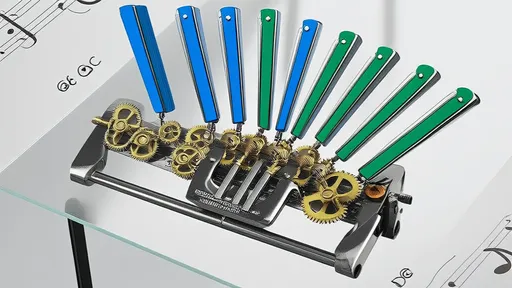
By /Jul 25, 2025
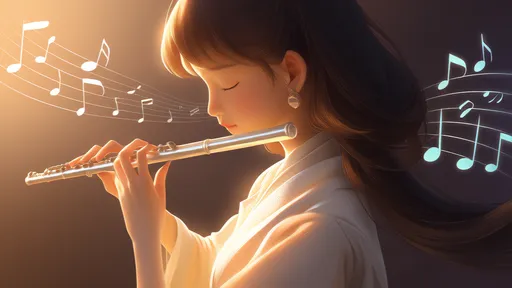
By /Jul 25, 2025
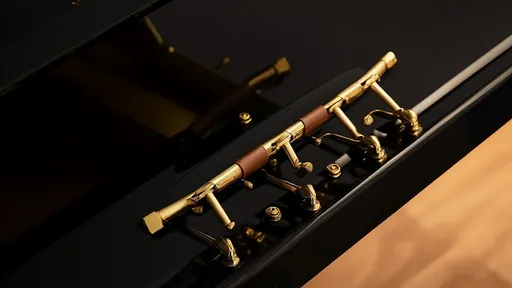
By /Jul 25, 2025
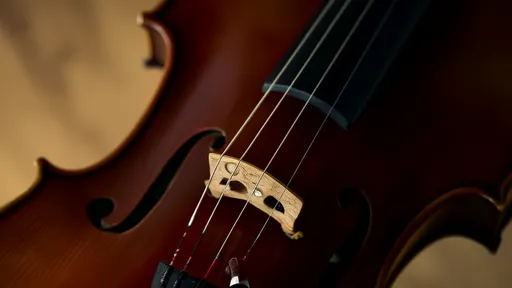
By /Jul 25, 2025

By /Jul 25, 2025

By /Jul 25, 2025

By /Jul 25, 2025
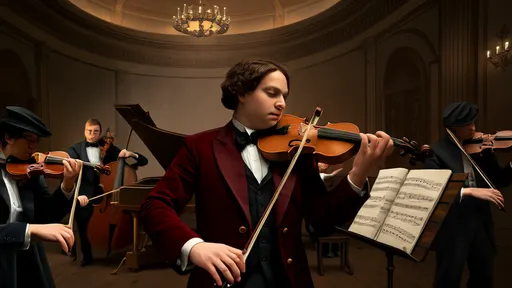
By /Jul 25, 2025
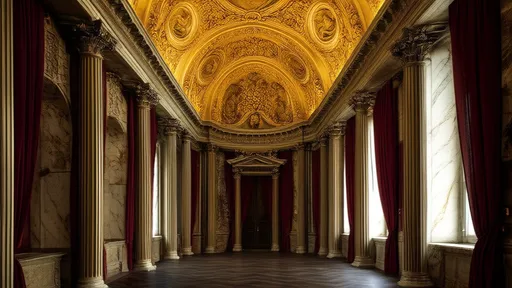
By /Jul 25, 2025
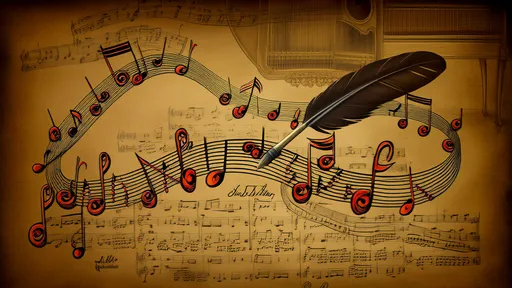
By /Jul 25, 2025
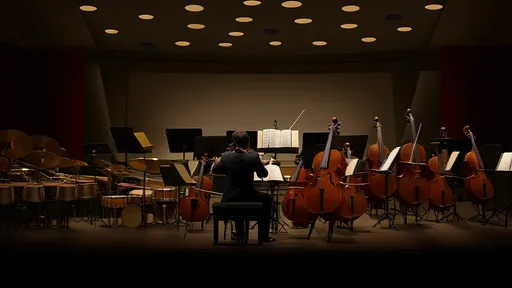
By /Jul 25, 2025
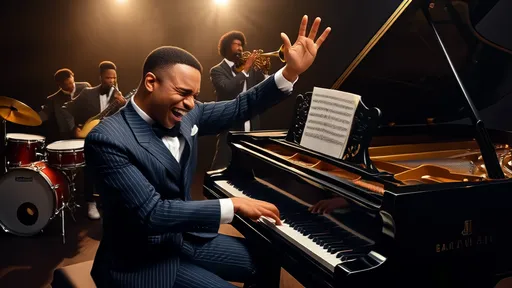
By /Jul 25, 2025

By /Jul 25, 2025
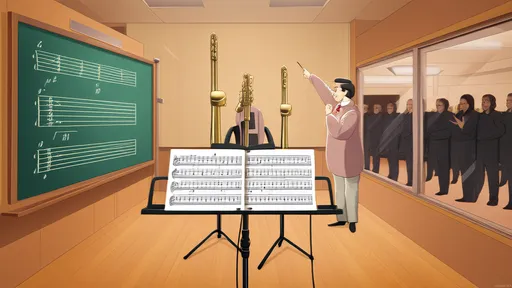
By /Jul 25, 2025

By /Jul 25, 2025
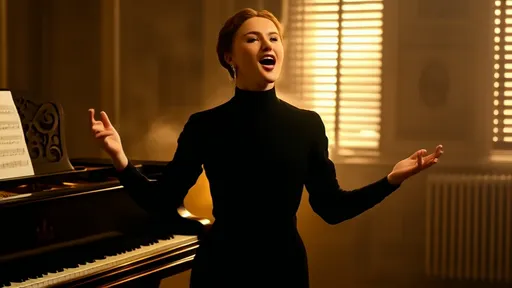
By /Jul 25, 2025
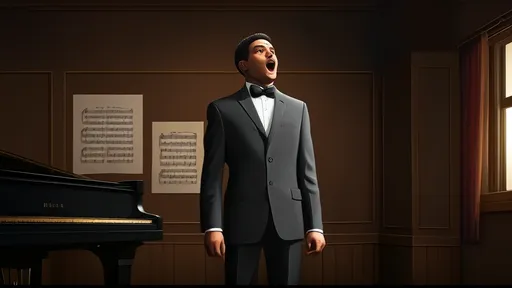
By /Jul 25, 2025

By /Jul 25, 2025

By /Jul 25, 2025
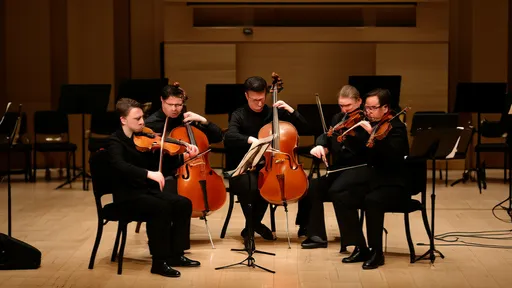
By /Jul 25, 2025